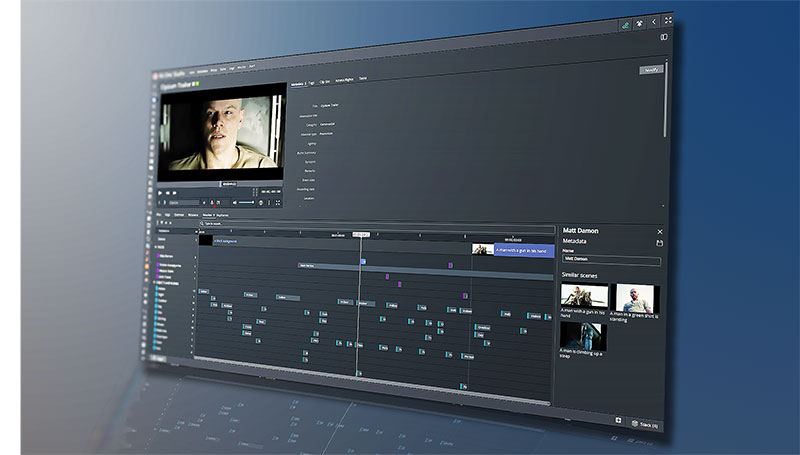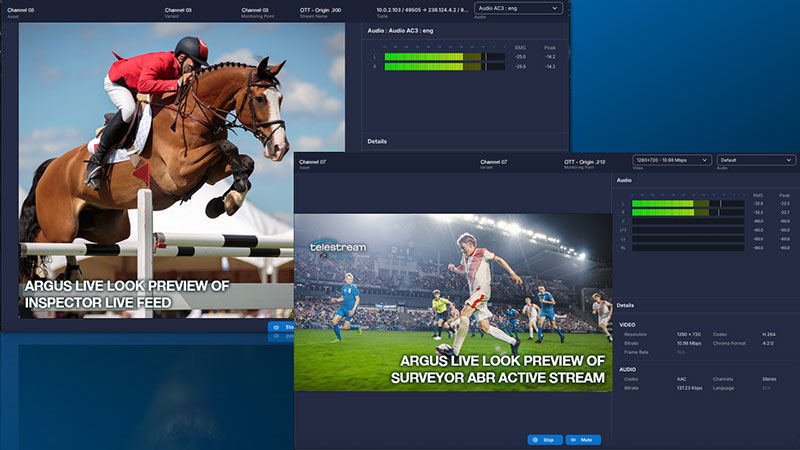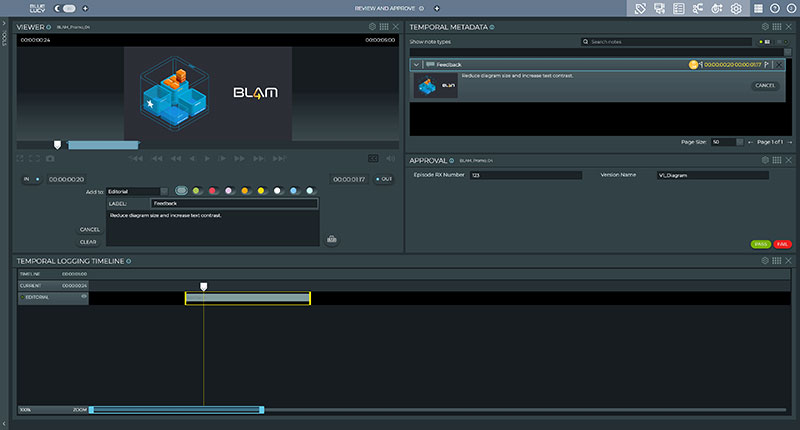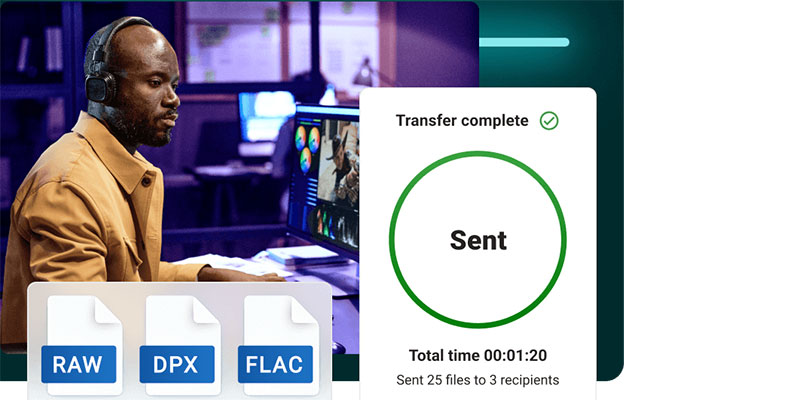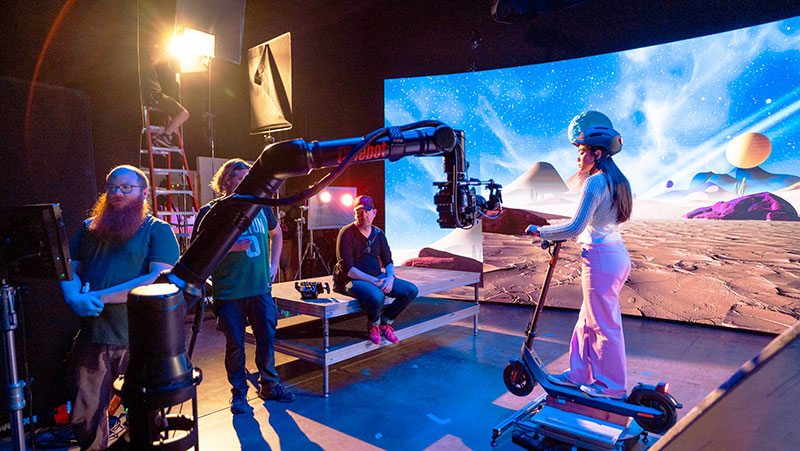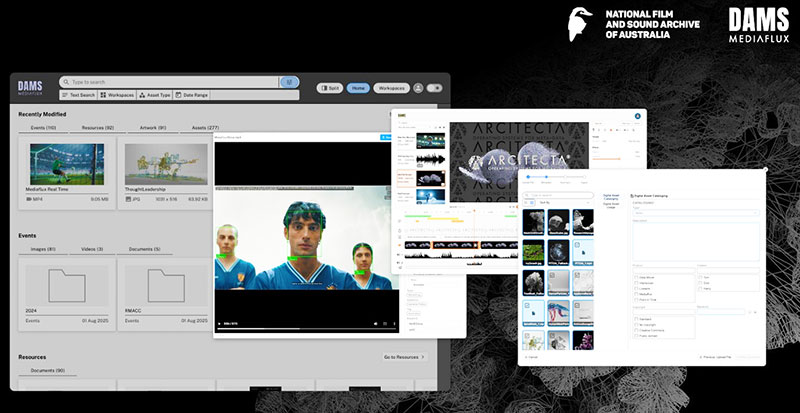Earlier in 2025, Adobe undertook research into Australians’ use of AI, focussing on general purpose AI assistants and newer agentic AI services, showing a 50% rise over a 3-month period.
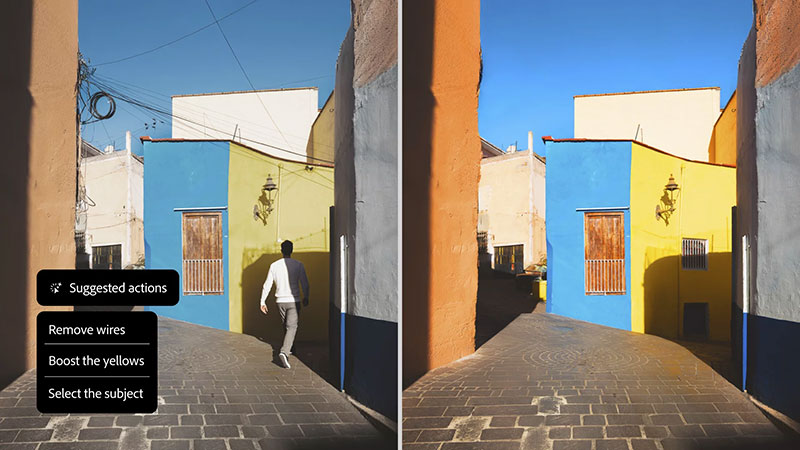
Adobe Photoshop's new Actions panel (beta)
Earlier in 2025, Adobe undertook research into Australians’ use of AI, in particular general purpose AI assistants and newer agentic AI services. The company conducted a two-stage survey of just over 1,000 Australians each time, testing AI usage and behaviours between March and June 2025.
The research found the use of agentic AI – systems that can make decisions, take actions and assist with completing multi-step tasks – rose 50% in the three month period between the two surveys. Almost one in five participants (18%) have now used agentic AI, with a further 42% indicating that they expect to use it in their daily lives within the next year.
Adobe’s concluding report, From Assistants to Agents: The AI Evolution in Australia, states that as more consumers interact with AI, changes are emerging in how they shop, create and work. According to Adobe, one in three Australians are now regular users of AI assistants, up 7% since March. As two in three stated that they want to use AI more as services evolve with new capabilities and services, the company expects this number to continue growing.
Top Use Cases
While people are using AI assistants for routine tasks like summarising information, the fastest emerging areas of use are replacing traditional search options and seeking guidance on where to shop and what to buy. Usage is rising across all generations, but regular AI use has grown the most among millennials (those currently aged between 30 and 45 years), going from 29% in March to 41% in June.
Katrina Troughton, Vice President and Managing Director, Australia and New Zealand, Adobe said that, as well as adopting AI in larger numbers, Australians are also interested in using it in new ways. “The growth in agentic AI adoption indicates that the goals are no longer just about getting smart answers. People want AI that can act and make decisions. It signals a shift in consumer behaviour and expectations that is translating into new AI-assisted pathways to discover and engage with brands,” she said.
For example, businesses use Adobe Brand Concierge to create and manage AI agents that guide consumers from exploration to purchase decisions. With context-aware personalization and brand-controlled AI, Brand Concierge produces engaging, self-serve interactions, and takes intelligent action based on real-time activity with each consumer.
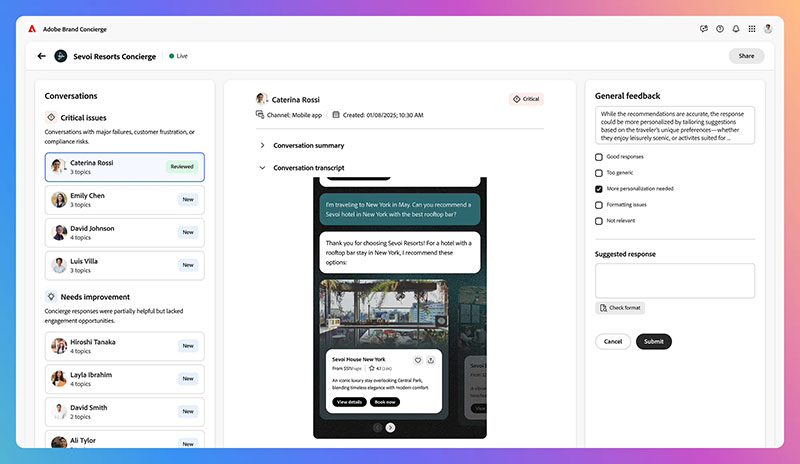
Adobe Brand Concierge
Beyond everyday-life kinds of applications such as shopping, travel and banking, where satisfaction is high, consumers are expanding the ways they utilise AI assistants across various other sectors and use cases.
Creative and Multimedia Applications
Creative and multimedia tasks are another area of growing adoption. More than half (57%) of those surveyed have used AI for creative projects and, from those users, many plan to continue working with AI over the next six months for writing (52%), photography and photo editing (45%) and graphic design (45%) and related applications.
Adobe’s approach to taking advantage of growing interest in AI assistants is to build agentic AI capabilities into the software the company already develops. For example, AI Assistant in Adobe Acrobat will soon enable people to create custom agents that can be assigned specific roles - like research assistants or academic tutors - and then deployed to help analyse documents, answer questions and use reasoning to suggest further areas to explore.
Adobe also introduced its first creative agent in Adobe Photoshop with the new Actions panel (beta), which analyses your image and recommends context-aware edits. It understands natural language search, suggests actions and gives a preview of each action’s effect. The user does not have to record the steps – this happens automatically.
Among the people participating in Adobe’s surveys, about 70% of those who said they are comfortable using AI tools to research and create content also indicated that they use AI assistants for tasks such as researching a topic and preparing presentations, writing or rewriting text, or designing a visual asset from prompts.
Millennials
As the age group that is so far adopting agentic AI the fastest, 23% of millennials are already using agentic AI, up from 13% in March 2025. They are also the most trusting of this emerging technology. Unfortunately, we don’t have other information about the people surveyed, or whether the same people were surveyed in both March and June.
For other Australians who may not be familiar with agentic AI, once the concept is explained, most see its value in helping them research and purchase consumer items, as well as enhance creativity. www.adobe.com





